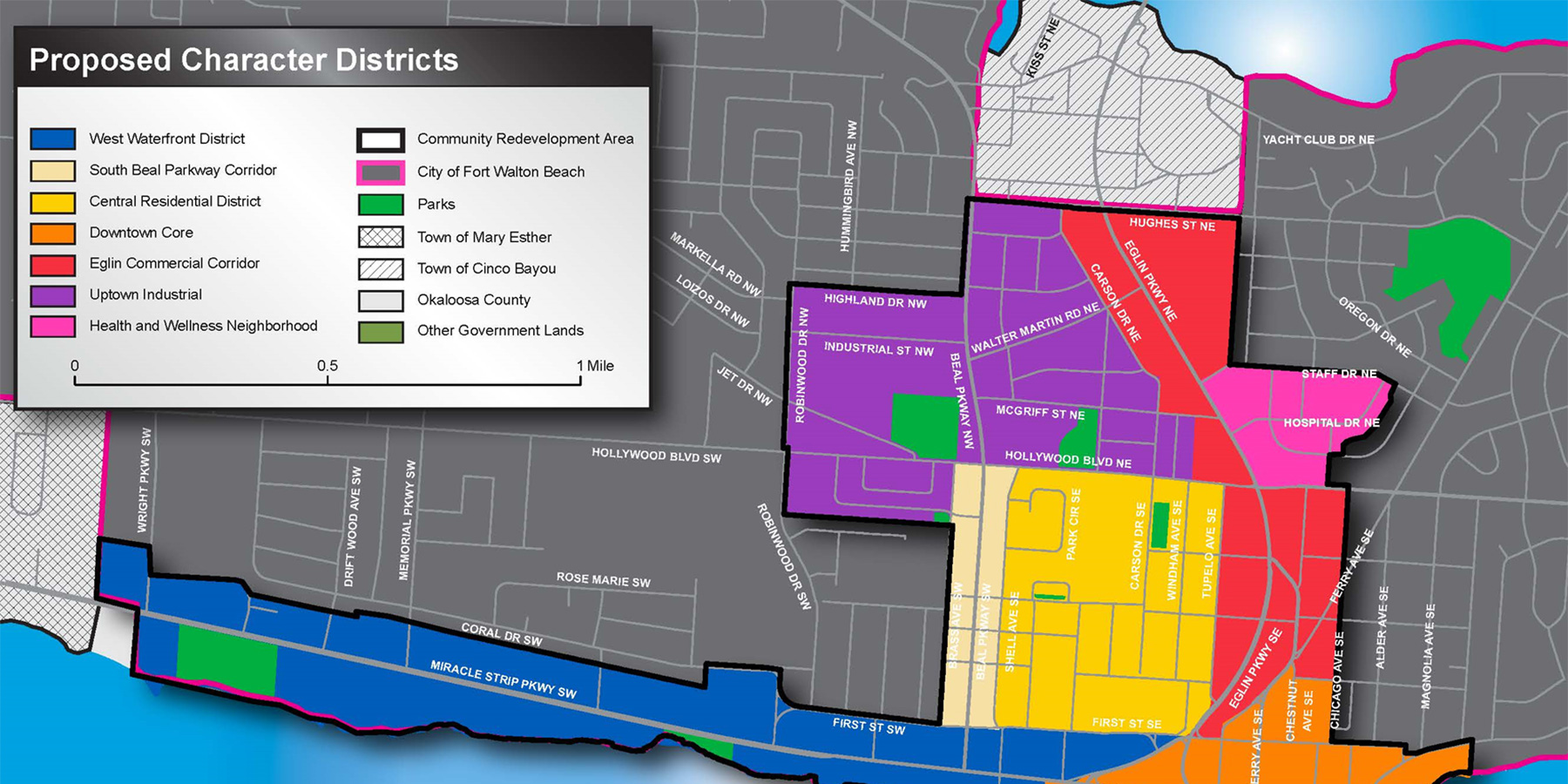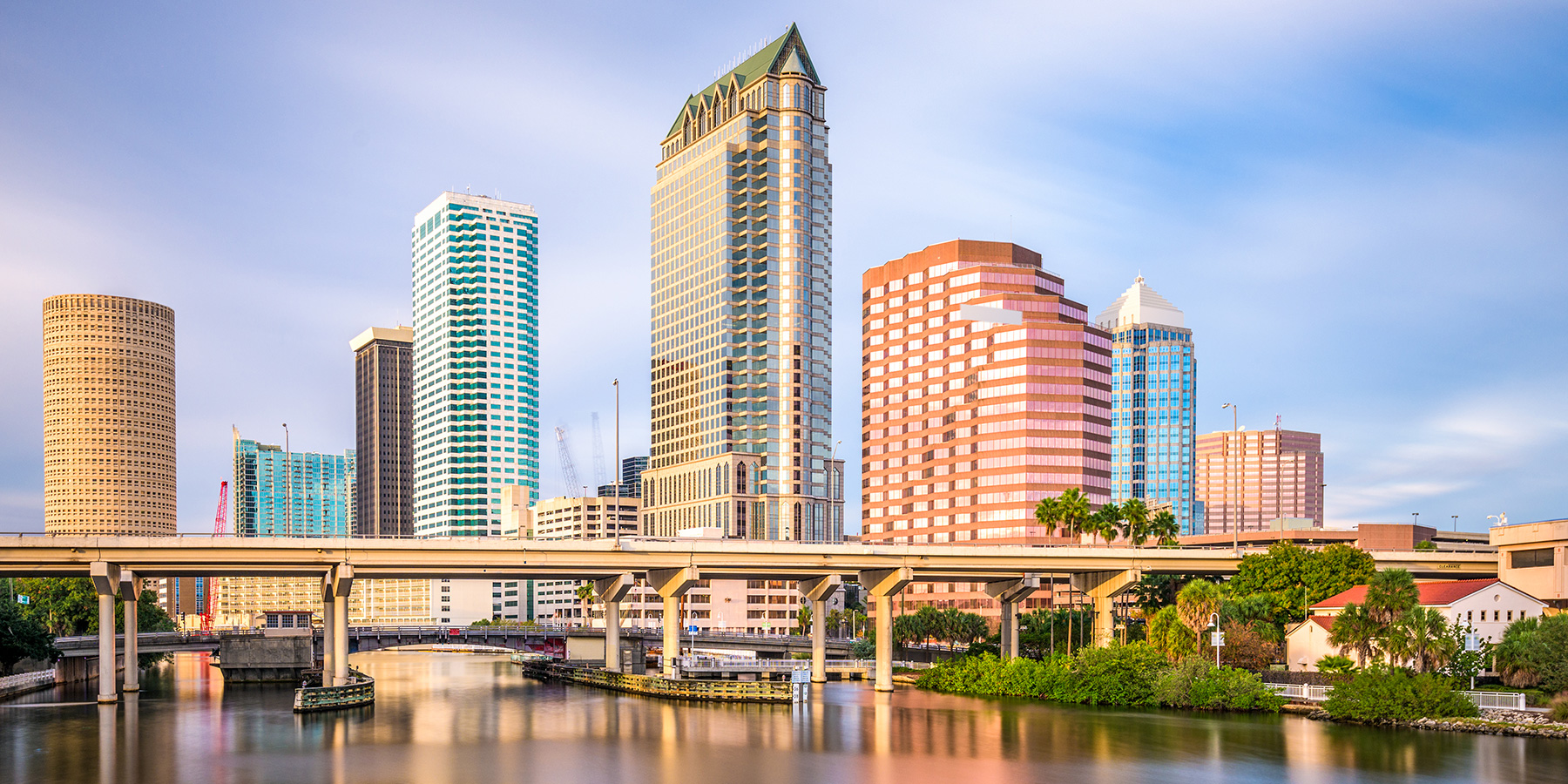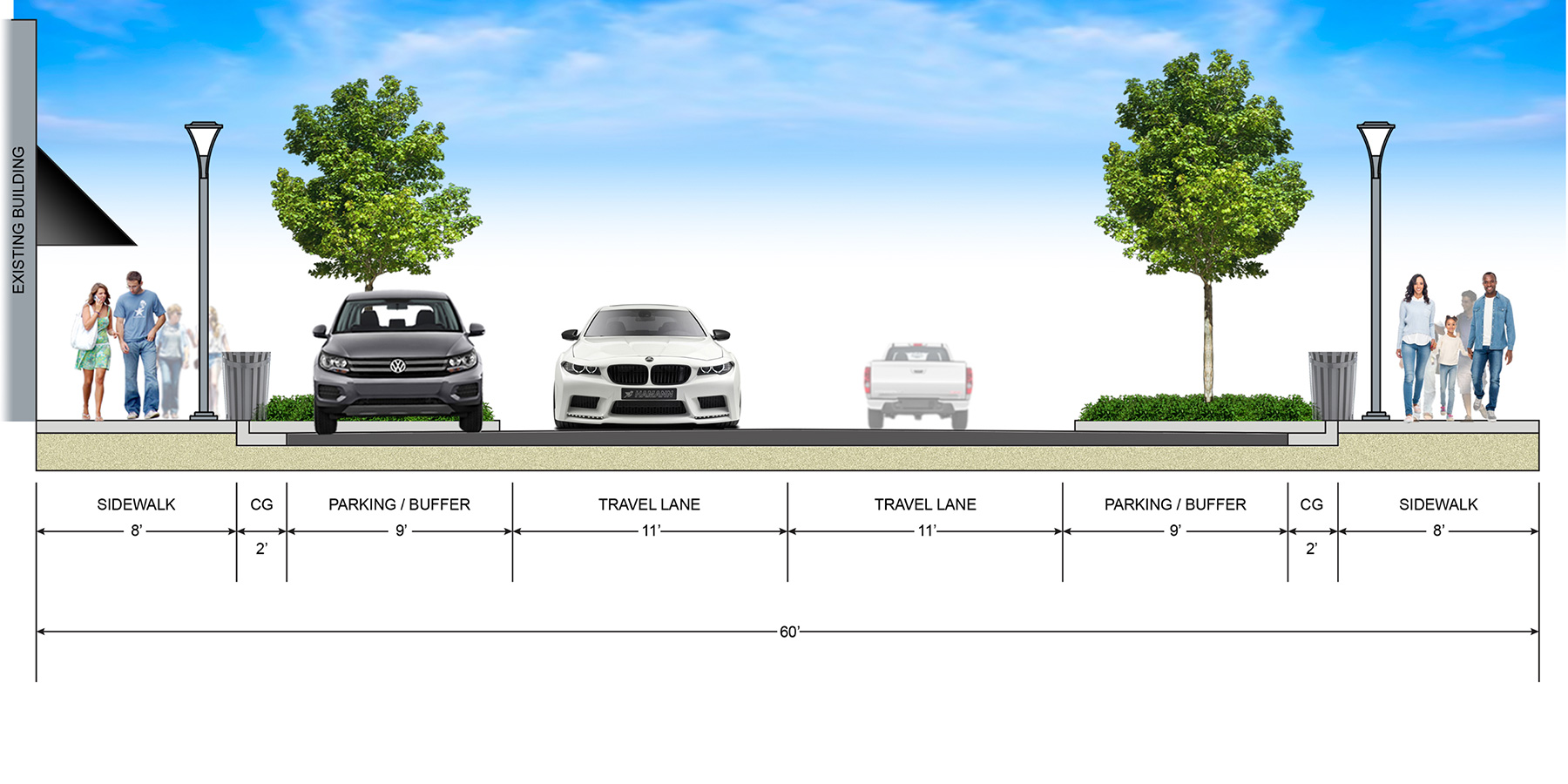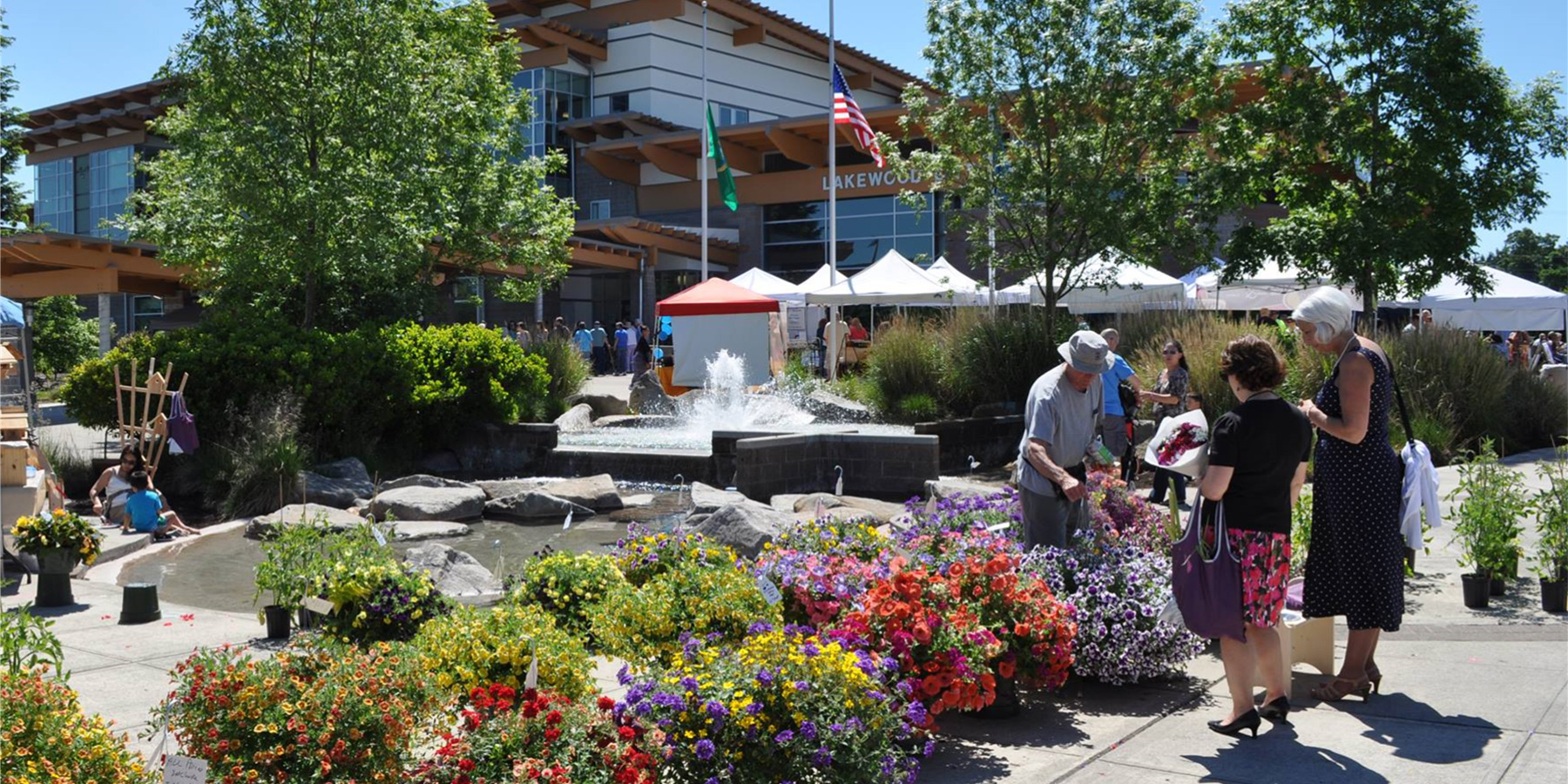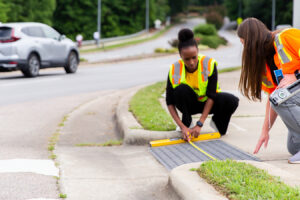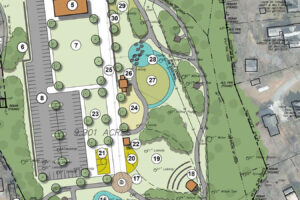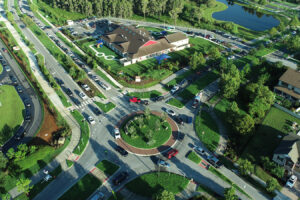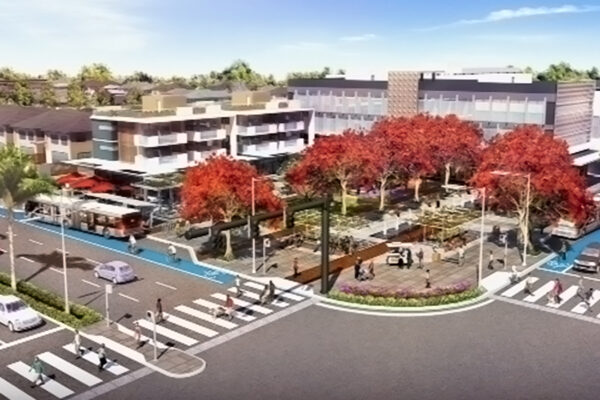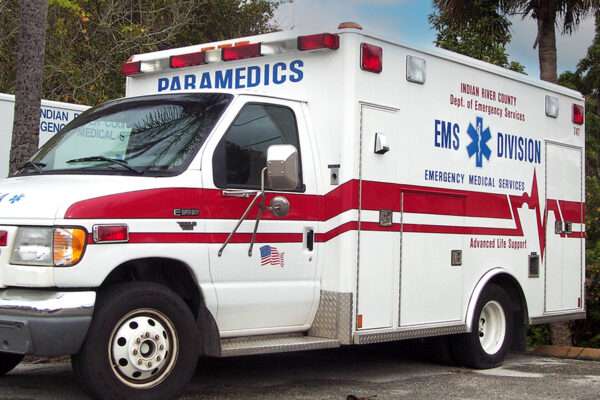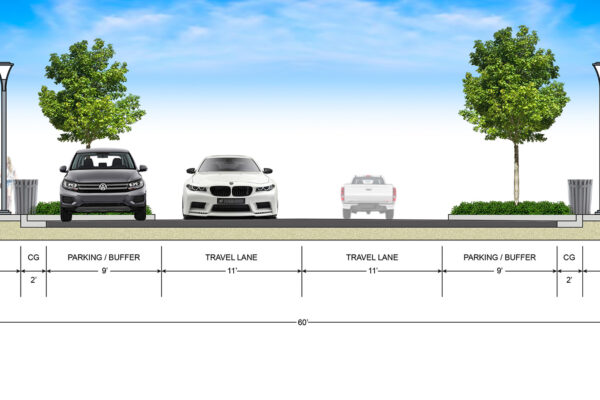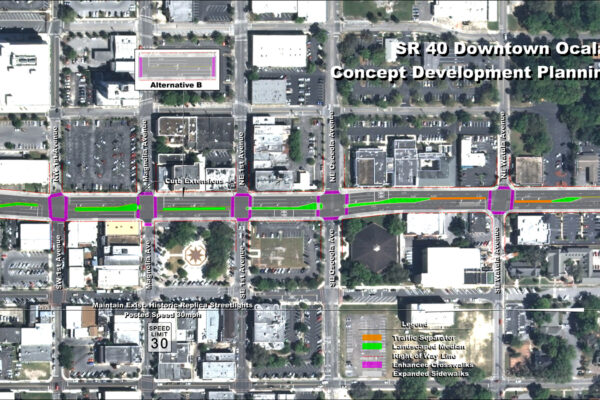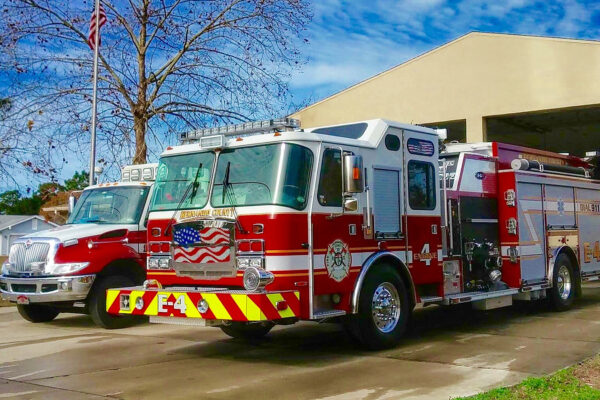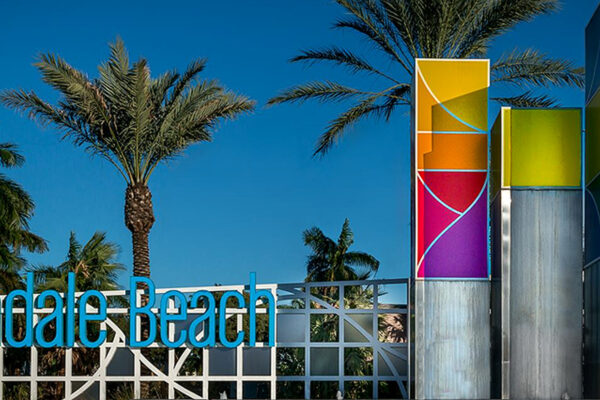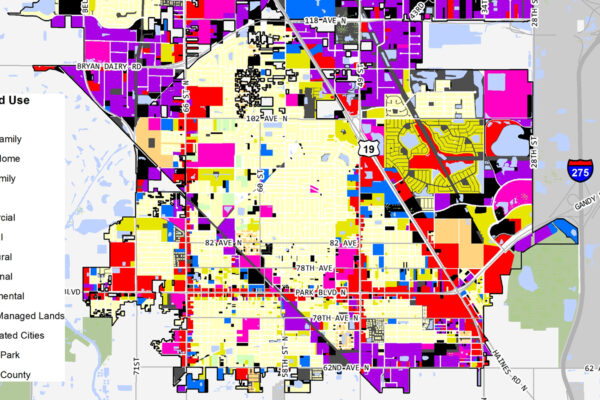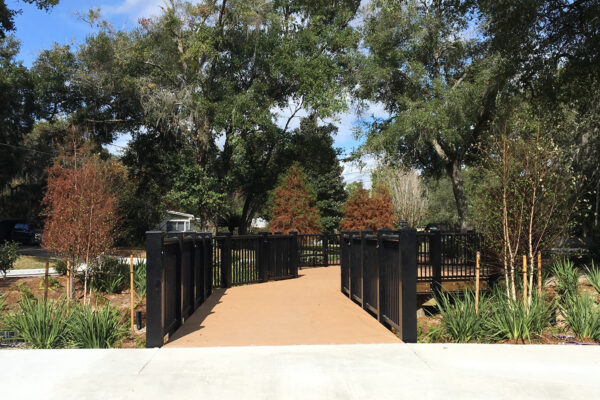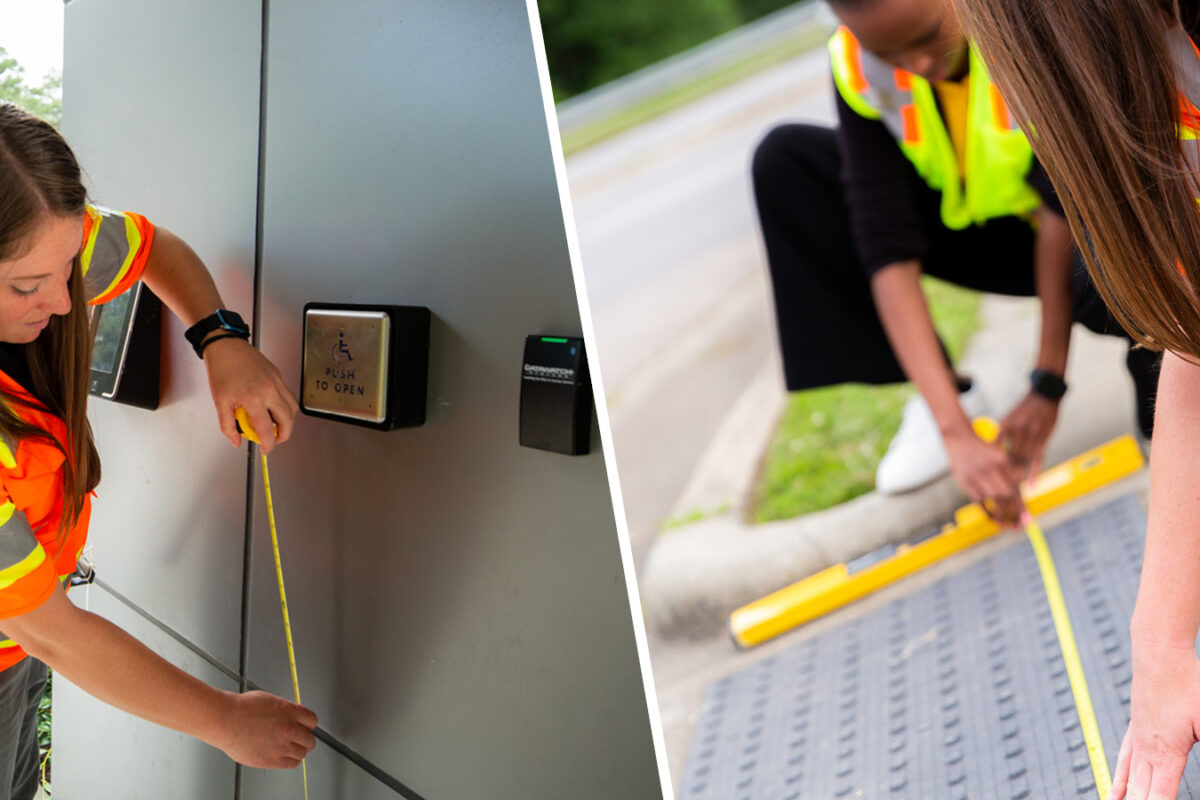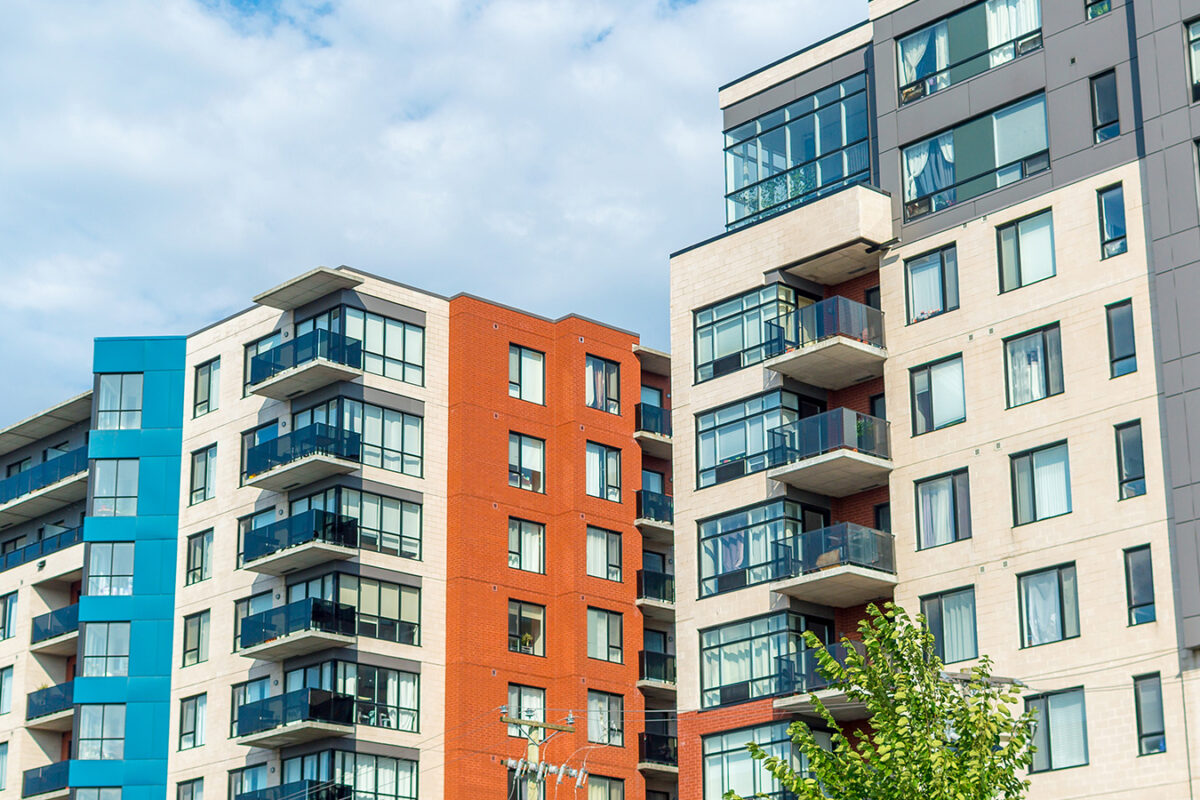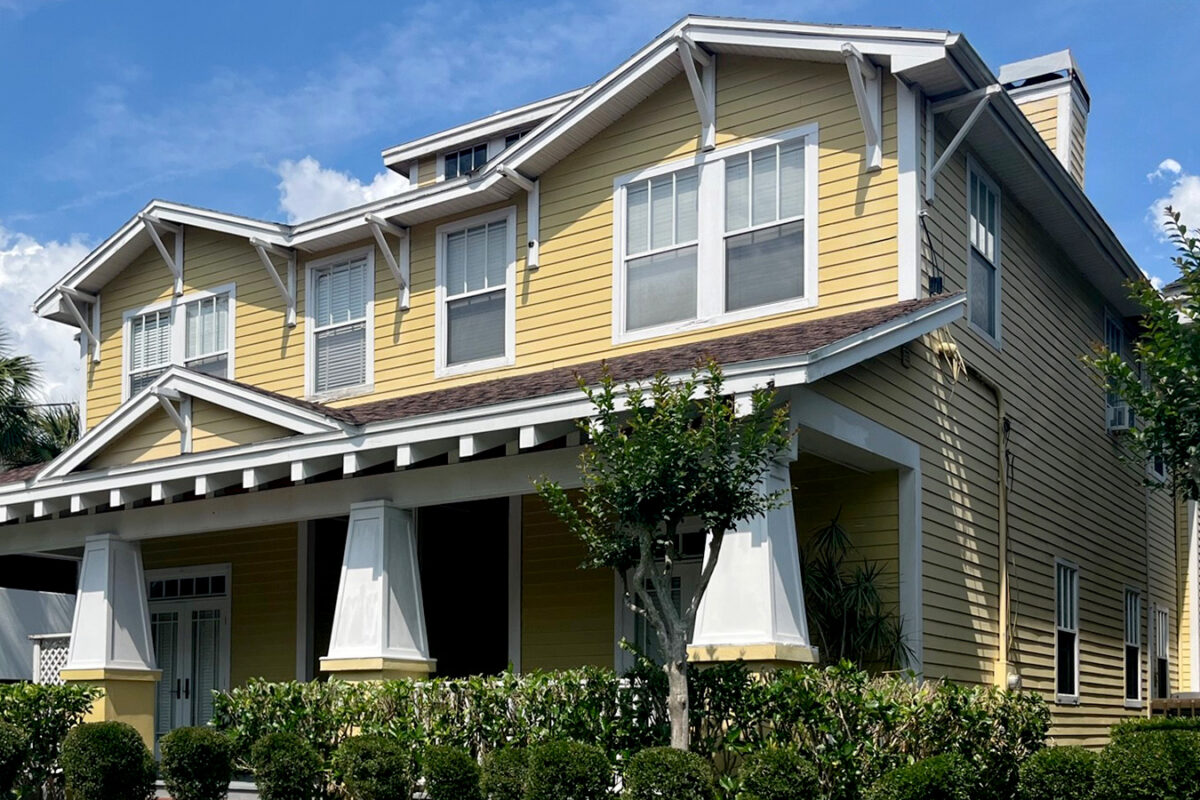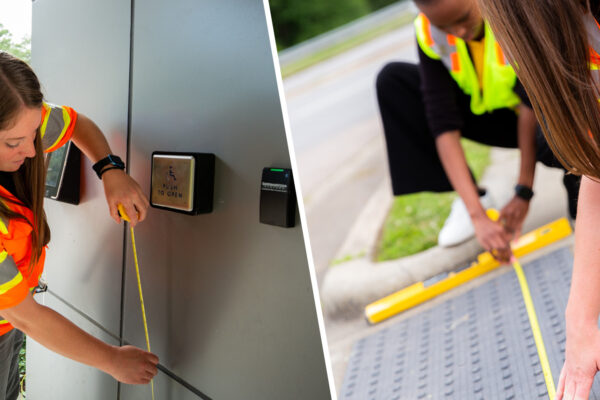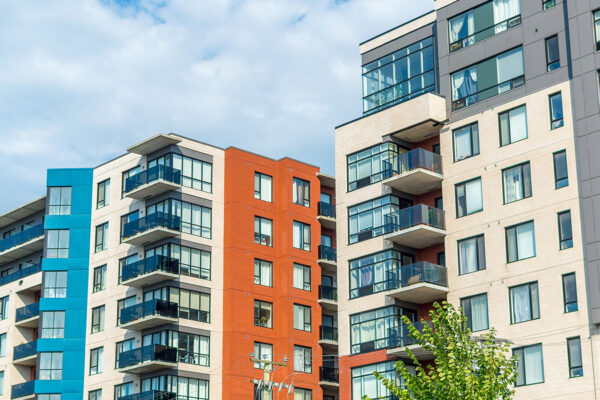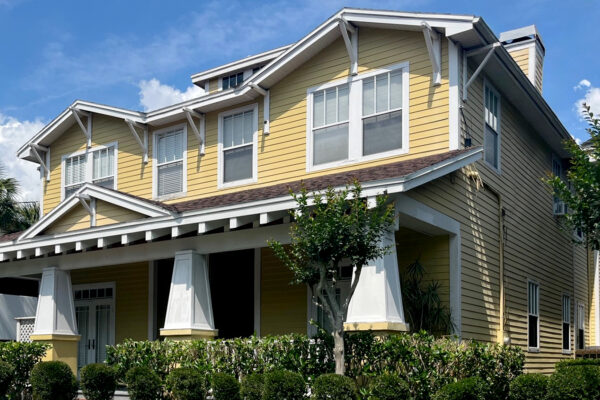Community Planning
Setting the Stage for Sustainable and Resilient Communities
Successful community development hinges on capturing your community’s vision for the future and creating a comprehensive strategy to make it a reality. This not only requires a deep understanding of your community members’ unique needs, but also the knowledge to develop the codes and frameworks to support them.
Our diversified team of planners can assist your community in creating more convenient, equitable and attractive places to live. Many of our staff even have past experience as public employees and administrators, giving them further insight into what is needed to find the correct balance of growth, essential services, environmental protection and innovative change.
Reflecting Current and Future Needs
Benesch can develop plans and codes that guide the sustainable and resilient development of your community’s built environment and economic engines.
To help us uncover areas in need of development and identify constraints, we conduct a thorough collection and analysis of the best available data, maps and other information. We then develop a community profile that includes an examination of existing conditions and trends related to demographics (including population projections), socioeconomics, existing and future land use, vacant land, employment, housing stock, water and sewer projections, multimodal needs, environmentally sensitive lands, flood and evacuation zones and more.
The key to successfully plan for the future is a well-informed and engaged public. We have extensive experience in developing and managing public involvement plans that raise awareness, solicit public opinion and participation and build community consensus. Once we’ve identified stakeholders, including any under-represented communities, we work to inform them of our efforts and encourage collaboration. With a focus on integrity, approachability and transparency, we work to ensure support for the future project adoption and implementation.
Armed with comprehensive data and your community’s support, we prepare goals, objectives and policies to implement your community’s vision for the future. We also take this opportunity to audit current plans and codes to identify inconsistencies and language that could prevent your goals from being accomplished. This process results in planning and code documents that work in unison rather than fight against each other.
When creating long-term plans for communities, we tap into our team’s multidisciplinary expertise in transit, water resources, transportation and more. This integrated approach to development helps ensure all types of infrastructure are prepared for planned growth.
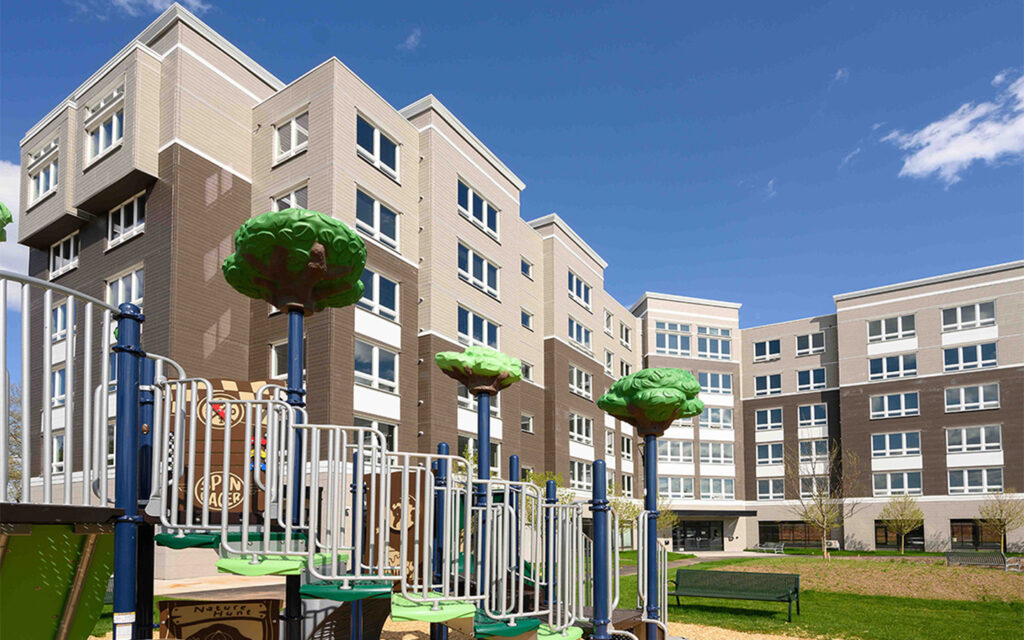
Equitable, Sustainable and Inclusive Growth
By addressing the needs and concerns of marginalized populations and minimizing negative environmental impacts, our solutions help create communities that thrive holistically. With this approach, community planning becomes a catalyst for positive change, fostering resilient neighborhoods where every voice is heard, and every person’s well-being is safeguarded.
Our experts are well versed in the issues facing communities today. From affordable housing needs to accessibility challenges, we have the expertise to help face every challenge.
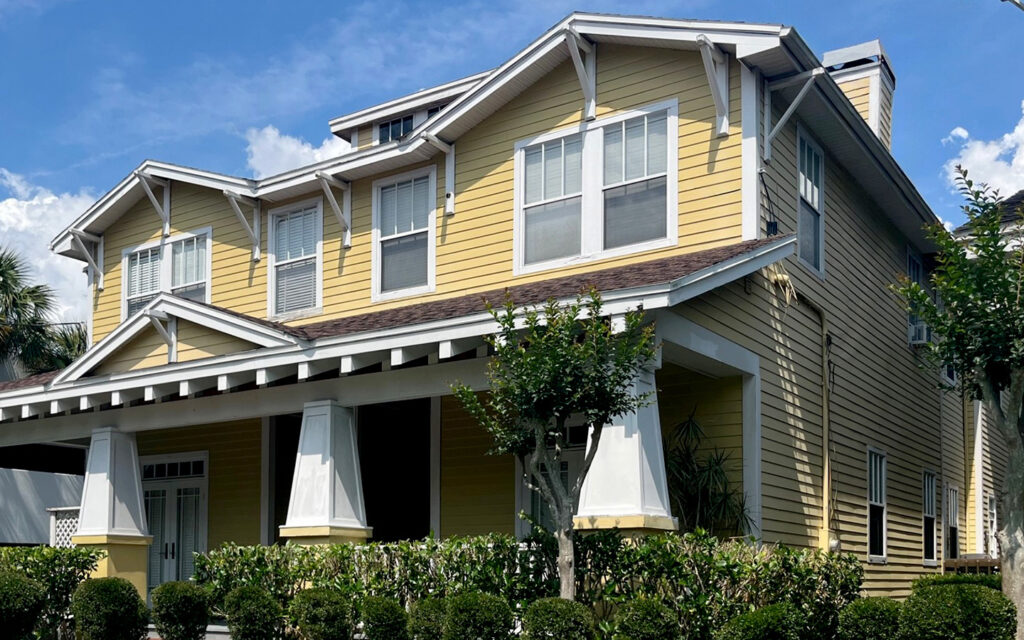
Removing Barriers for Affordable Housing
With rising land, material, and labor costs, local governments are struggling to provide affordable housing without direct cash subsidies. By working with Benesch to amend outdated housing regulations, our clients are shrinking the affordable housing gap.
From reducing parking regulations to allowing duplexes, triplexes, and quads in single family zoning districts, we will work with you to remove the red tape preventing crucial housing projects from taking shape.
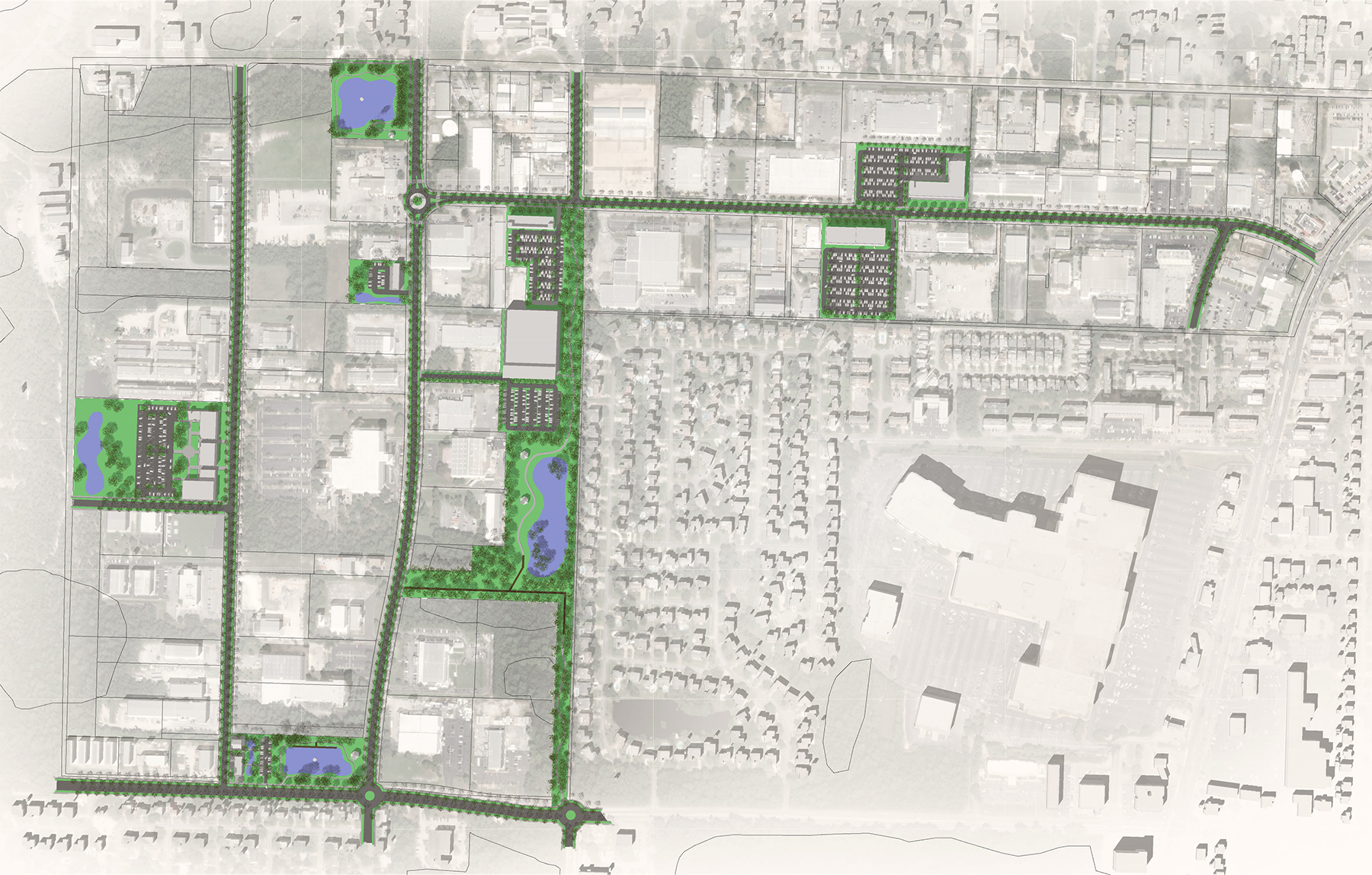
Form-Based Codes Create Cohesive Communities
For decades, conventional zoning has divided communities—apartments, large houses, small houses, retail, offices and industry all separated into different areas. This has led to communities being divided by income, plagued by fragmented streets and a lack of gathering space. Form-based codes offer a solution.
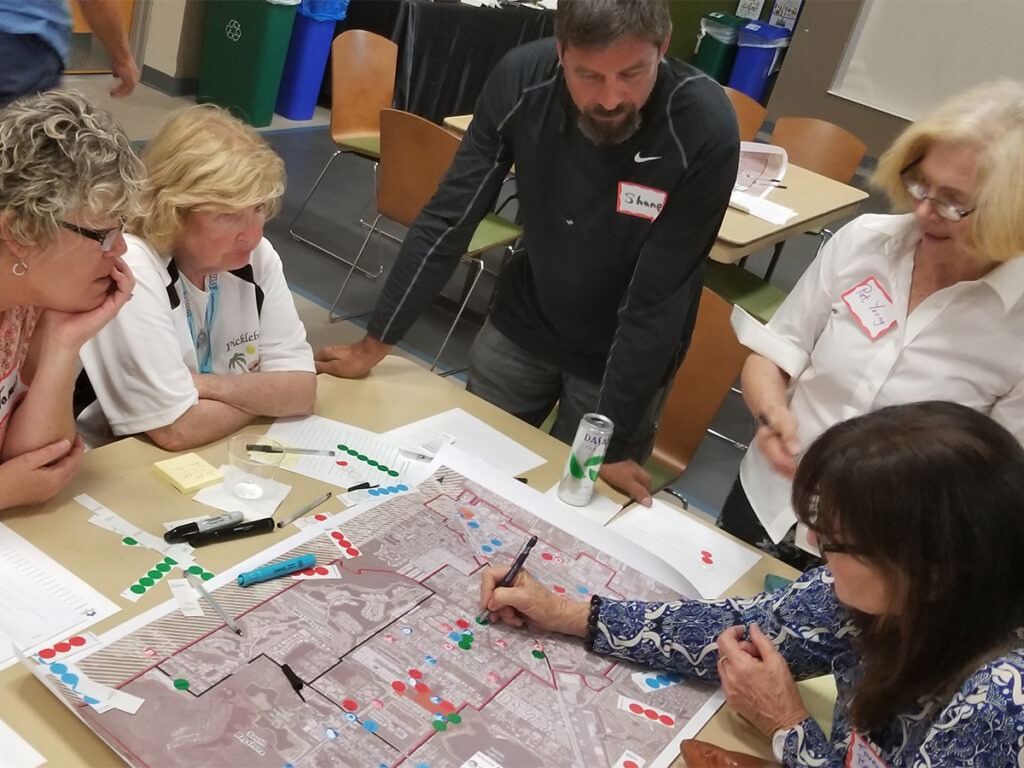
Form-based codes give structure to a community’s vision. They allow the user to interpret exactly what the local government envisions for its future, versus conventional codes that do not have the same predictability.
Catherine Hartley, AICP, CNU-A | Team Manager
Rather than focusing on separating uses based on use (conventional zoning), we’ll focus on physical form and bringing the community vision to life. As a result, communities often benefit from:
- Better economic outcomes
- More equity and equitable development
- Smart growth that combats urban/suburban sprawl
- Reduction of extensive daily travel
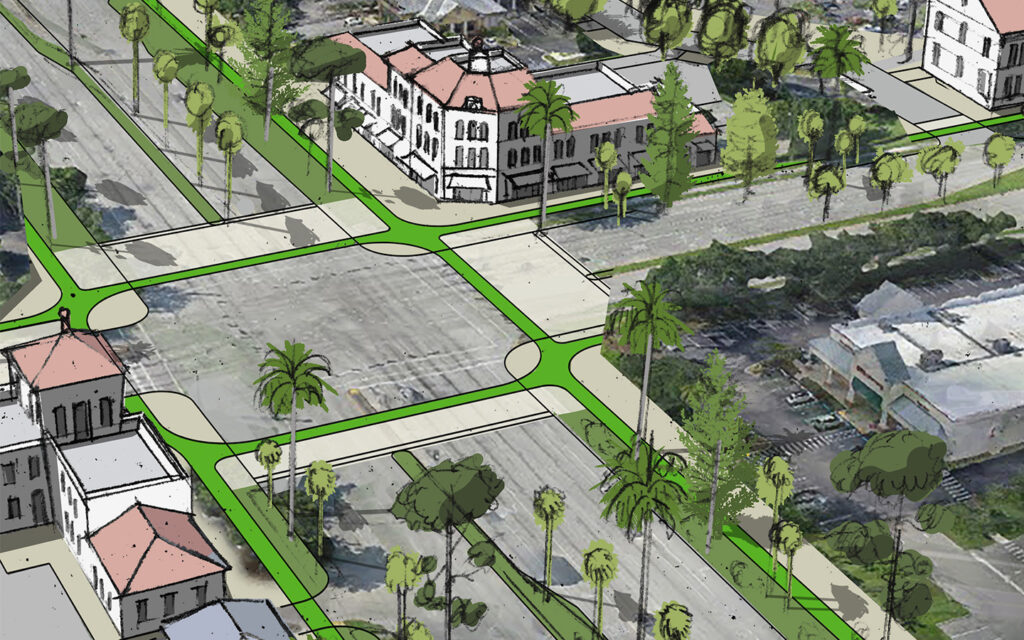
Complete Streets Expertise
Whether walking, cycling or driving, every user deserves to be able to travel safely within your community. Our experts are well-versed in the complexities of complete streets planning.
Through community connectivity assessments, we’re able to identify multimodal gaps to be addressed. Using that information, we’ll plan for improvements and develop conceptual designs for roadways, bicycle/pedestrian enhancements, corridor branding, landscaping, and other beautification and placemaking improvements. This work is further supported by our team of experienced engineers and landscape architects.

